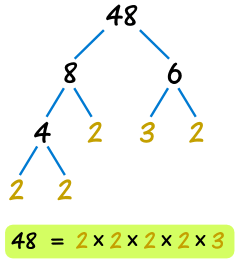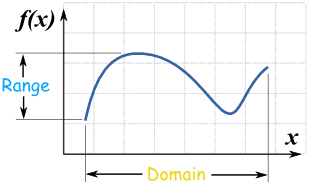Most important things in each chapter:
Chapter I:
Prime numbers – a whole number that has only 2 factors
Composite number – a whole number that has more than 2 factors
Prime factorization – there are 2 ways to do it: division table & tree diagram
Lowest Common Multiple – a number that is a multiple of two or more numbers
Greatest Common Factor – the greatest factor that divides two numbers
Repeating decimals – decimals that have a recurring pattern of digits
Non-repeating decimals – decimals that have no recurring pattern of digits
Terminating decimals – decimals with a finite amount of digits
Non-terminating decimals – decimals with an infinite amount of digits
Real number system – it includes R, ![]() , Q, I, W, N
, Q, I, W, N
How to simplify roots –
MOST IMPORTANT THING – flower power, root is always on the bottom





Chapter II:
Multiplication
Division
Power
Negative
Fraction
Chapter III:
How to convert a number to scientific notations –
How to convert to another unit – 6780cm = 67.8m, 0.91km = 910m, etc.
How to calculate surface area and volume –
Volume of prism: volume = area of base x height
Surface area of prism: add all the surfaces
Volume of cylinder: volume = area of base x height
Surface area of cylinder: area of side + 2 x area of base
Volume of pyramid: x volume of prism
Surface area of pyramid: area of base + area of triangular faces
Volume of cone: x volume of cylinder
Surface area of cone: area of base + area of curved surface

Chapter IV:
Sine ratio – opposite side/hypotenuse
Cosine ratio – adjacent side/hypotenuse
Tangent ratio – opposite side/adjacent side


Chapter V:
Variable – a letter that represents one or more numbers
Algebra expression – 2a-b+4
Numerical coefficient – the number that multiplies the variable
Monomial – polynomial with 1 term
Binomial – polynomial with 2 terms
Trinomial – polynomial with 3 terms
Polynomial – polynomial with 4 or more terms
Degree of a monomial – the sum of exponents of its variable(s)
Degree of a polynomial – the degree of the term with highest degree
Constant term – a term of degree zero(no variable present)
Leading coefficient – coefficient of the term with highest power of variable
Simplifying –

Chapter VI:
Factoring polynomials –

Chapter VII:
Relation – the mathematical relationship between 2 quantities
Independent variable – the variable used for inputs in a relation
Dependent variable – the variable used for outputs in a relation
Domain – the set of all possible values for x
Range – the set of all possible values for y

Chapter VIII:
positive slope – goes up from left to right
negative slope – goes down from left to right
zero slope – horizontal line
undefined – vertical line
Slope –

Chapter IX:
y-intercept form – y = mx+b
Slope-point form – m(x-x) = y-y
General form – ax+by+c = 0
Standard form – ax+by = c

Chapter X:
Substitution – a simple way to solve two equations if there is coefficient of 1
Step 1: Choose the simpler equation and express one variable in terms of other
Step 2: Substitute the expression from step 1 into the other equation
Step 3: Solve the single variable equation
Step 4: Substitute the solution from step 3 into the equation in step 1 to find the value of the other variable
Elimination – a way that you can always use, especially without coefficient of 1
Step 1: If necessary, multiply each equation by a constant to obtain coefficients for x or y that are identical
Step 2: Add or subtract the two equations to eliminate one of the variables
Step 3: Solve the resulting equation to determine the value of one of the variables
Step 4: Substitute the solution into either of the original equations to determine the value of the other variable










